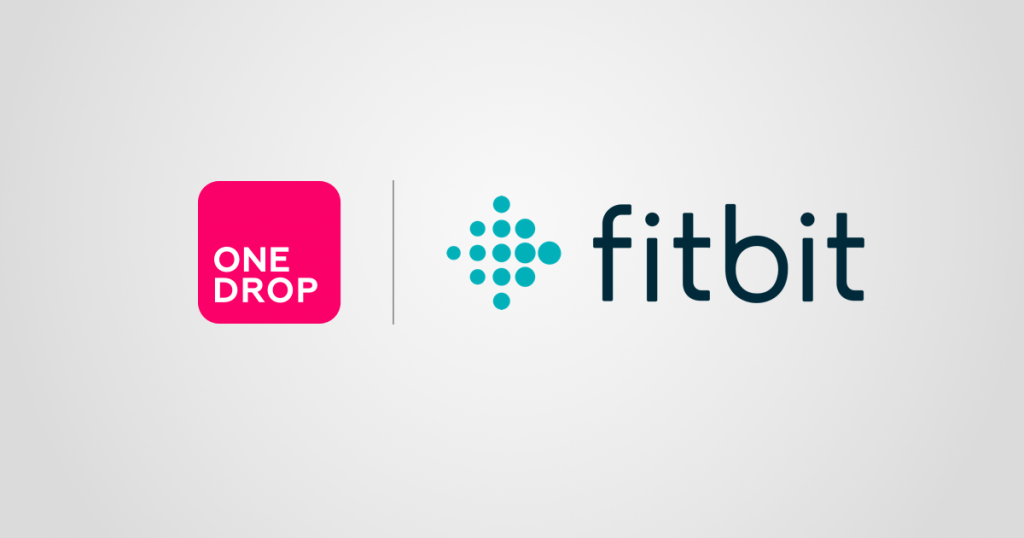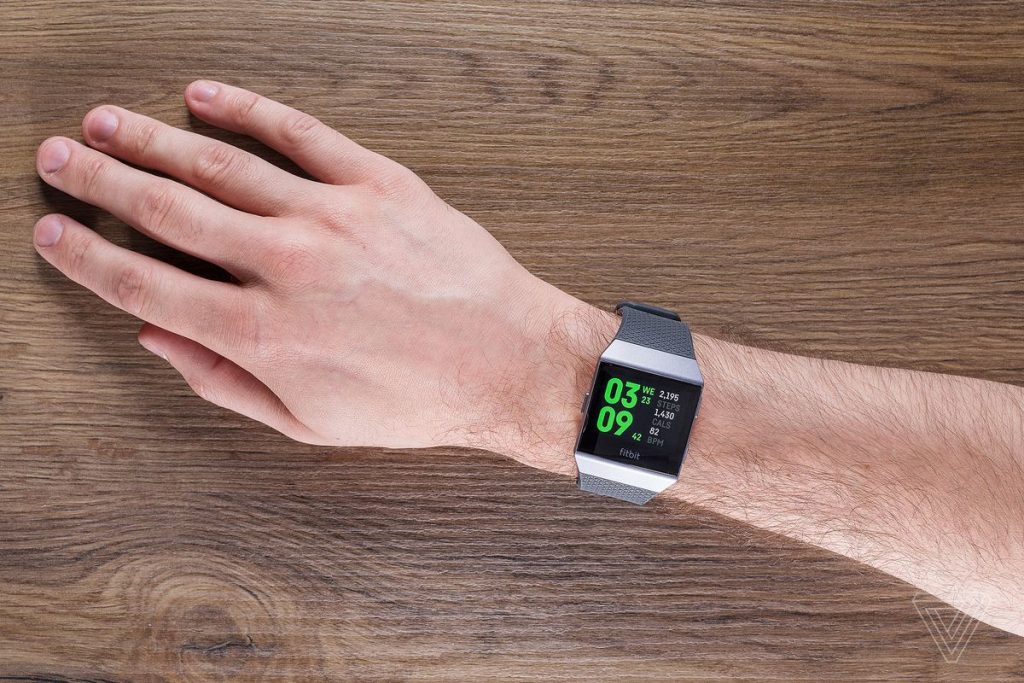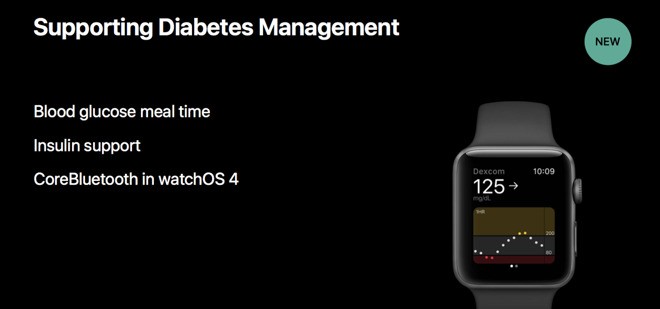Wearables Effect on Diabetic Lives Informs Us About the Future of Transhumanism
NewsTech June 3, 2025 Damon Mitchell

The Fitbit company recently announced their new partnership with One Drop. The partnership will add diabetes management to their premium wearable, the Ionic.
As companies like Fitbit and Apple chase more and more health metrics, we learn something about the state of transhumanism.
Hacking the human experience for performance enhancement stands in line behind more prescient issues like disease. What we learn from these applications, like measuring blood-glucose will inform us about pushing normal bodies for more.
The one drop system made the first step away from the normally cumbersome system of glucose management, but it so much more. If Fitbit and Apple have their way, the next step will belong to them.
One Drop System
The marketing for the One Drop system is perfect: Designed by diabetics for diabetics.
With One Drop, diabetics still have to draw a drop of blood to test, but the idea is that they can marry their activity and diet with the data collected from their blood to lead healthier and happier lives.
Diabetics accomplish this by connecting the One Drop system via Bluetooth to a smartphone or some such device. Tracking their activity, the application can help them stay ahead of trouble spots during the day.
It’s a subscription-based service, providing not only data, but replacement test strips, and expert advice. Diabetics can set not only glucose goals but morphological goals as well.
According to the company, users see measurable results in as few as one month. Still, one must still draw blood, carry test strips and the testing equipment.
Fitbit Ionic Update
Fitbit hasn’t yet solved the blood-drawing issue, but one can imagine they’re on the hunt.
According to Wearable, the Ionic will now integrate On Drop data with lifestyle data collected by Ionic, sleep, activity, heart rate, and the rest.
Like their competitor, Apple, Fitbit sees the opportunity on the table with diabetes. There are some 371 millions people in the world affected by diabetes. That’s a good pool of potential customers.
While Fitbit’s hardware won’t allow the device to test glucose levels yet, pairing the device with the One Drop system gets the ball rolling.
A diabetic who finds it helpful to read results on the Fitbit Ionic will only sigh relief when the subsequent iterations of the device also read levels.
Apple Watch
The going rumor this past year about the Apple Watch Series 3, at least until the last months before the release, was that the new device would measure glucose levels. Instead, the Series 3 came out with the ability to make calls without one’s smartphone.
What the Series 3 does that the previous series could also do, is pair with One Drop the same way the Fitbit Ionic will. One can even buy the One Drop “hardware” (testing equipment) on Apple’s online store.
Apple may have a leg up in Fitbit in this regard. Earlier this year the CEO of Apple, Tim Cook, wore a watch with a glucose-testing prototype. According to CNBC, back in May, he showed it off to a roomful of students at the University of Glasgow.
If Apple can perfect this hardware, fuggedaboutit. The bigger challenge for Apple or anyone will be dealing with the FDA’s layers of bureaucracy. Apple moves too fast for red tape.
There is no non-invasive glucose testing system on the market yet, not one cleared by the FDA. There is, however, a race to be the first.
A company like Apple is most likely to make it happen first for one reason, capital. Fitbit will struggle to take the chances Apple can afford to take because Apple has a lot more capital.
Put your money on Cupertino, but understand that we live in the final days of pricking.



